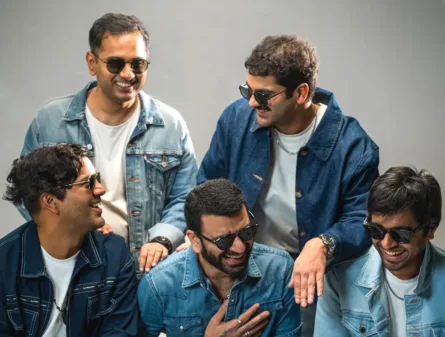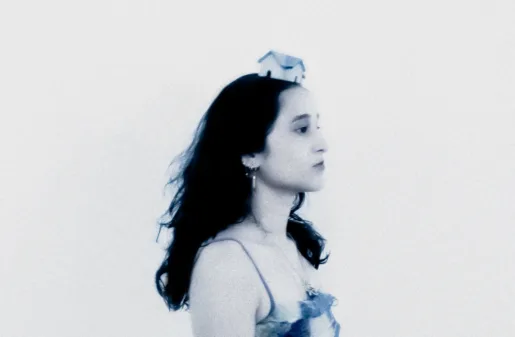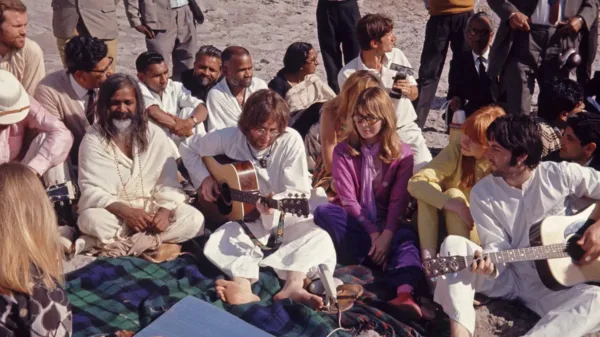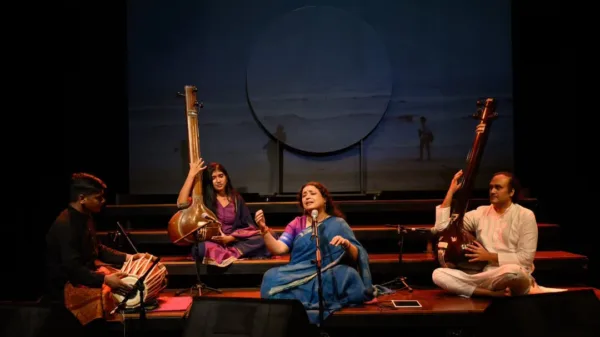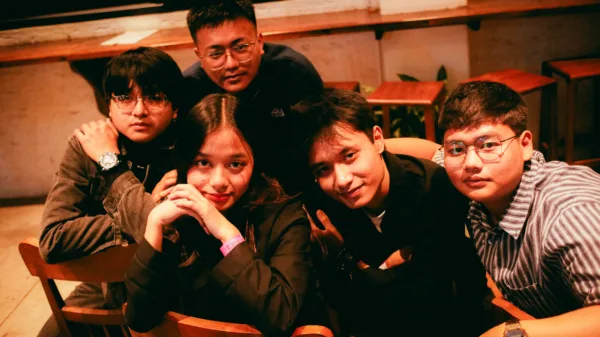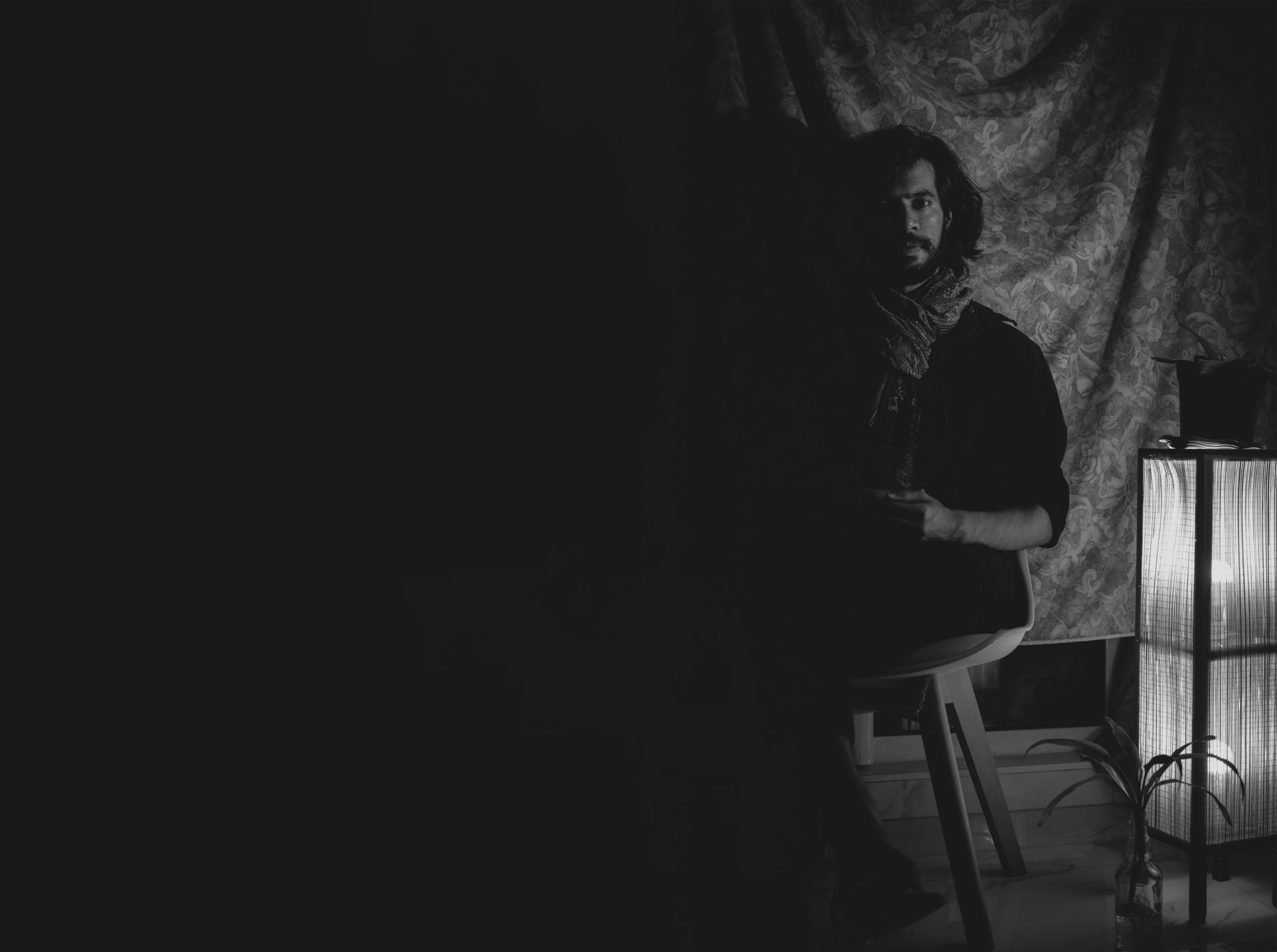Upon first hearing ( and watching ) the thirteen minutes that comprise Mumbai based multi-instrumentalist and composer Jayesh Malani’s debut EP, I knew that he had shared an intimate part of his life with me through the music. Audio and video weaving an eloquent narrative that leaves no one guessing about the stories behind the sounds. A quick look at the track list ( and song descriptions on his website ) only confirms that there is no disconnect between what the artist is saying and what we hear as listeners.
Full/Circle is packed dense with emotion. Which makes complete sense when you realize that these thirteen minutes are a window to some deeply personal moments, documenting 8 years of Jayesh’s life. And the themes that are dealt with are not insignificant ones; loss, pain, suffering, growth, change, mental health and more. The opening track for example ( When We Were Young ), is an homage to his time growing up in Pune amongst friends and a lover. The barking of a dog, a conversation with his (then) partner, kids playing football. All the sounds you hear and which transport you to his world are as intrinsic to the narrative as the music. The voice that shouts ‘Square ( the ball ) Tom’, refers to a friend with whom Jayesh played football everyday for 8 years. Tom passed away last year. Such depth and vulnerability are recurring in subsequent tracks as well.

What makes Full/Circle special and cohesive is that all the music is written and performed by Jayesh. It’s his preferred way of working ( and coincidentally mine as well ). Whereas my reason for working alone is that I just don’t like people ( and vice versa ), Jayesh tells me that he’s always found it difficult to gel with bands/ musicians. At some point things always seem to fall apart. So after years of trying to make it work with others, he finally decided to do it all himself, a decision which only enriches this particular release. It’s never easy to communicate your ideas accurately to another person. Best you can do is give someone an outline and allow them to interpret it, like a game of musical Chinese Whispers. As Jayesh says, others can never completely understand what you’re talking about, without having lived every moment of your life.
Full/Circle is written as one continuous piece of music, split into 5 movements that touch on different times in Malani’s life. A Beautiful Night to Die is one of these times, when all he wanted to do was run away from everyone and everything to live underwater. The song, aurally and visually, is a representation of his struggle with depression, with the water colour aesthetic only reinforcing his desire to escape underwater at that time. Amor Fati speaks of accepting one’s fate, and knowing that pain and suffering can lead to personal growth. The title track Full/Circle brings things to an end with a sense of closure but with the promise of a new chapter ahead.

While I could talk about each song in more detail, I recommend listening just to the complete EP, start to finish. The music requires no explanation to understand it, testament to the artist’s skill in storytelling as well as execution. Please also make sure to watch the accompanying video ( link below ). Because if playing all the instruments yourself leads to perfectly cohesive musical storytelling , then directing your own film to go along with it only elevates the narrative to far greater heights.
Jayesh mentions that the video wasn’t planned, and only started taking shape when making short promo videos for the music release. These snippets took on a life of their own though and inspired him to put together a full length video. A lot of the footage used was shot over the years for no specific reason, says Jayesh, but now he feels like the film was writing itself serendipitously all along. The thematic underwater footage and the final scene were shot specifically for this and what finally results is an audio visual experience that is greater than the sum of its parts.
Full/ Circle is the story of someone with a past, filled with struggle and challenges, some of which have been overcome and others which have been made peace with. It also points to the beginning of a new chapter and definitely deserves a listen ( and screening ), in the multimedia format it was intended.






